Cinnamon, a spice derived from the inner bark of Cinnamomum trees, has been an integral part of human history for centuries. Beyond its culinary applications, cinnamon has found its way into art and literature, where it has served as a symbol, a motif, and a source of inspiration for artists and writers alike.
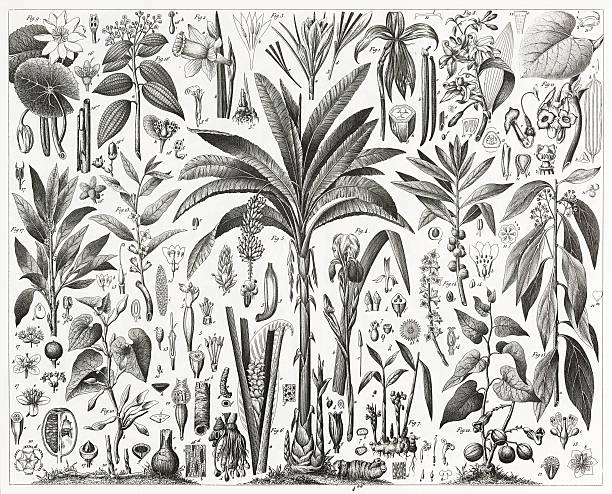
This article explores the multifaceted presence of cinnamon in various artistic and literary works from different cultures and periods, revealing its significance as a symbol of wealth, power, exoticism, sensuality, and more. Throughout history, cinnamon has been revered, traded, and utilized in diverse ways, which is reflected in its portrayal in art and literature.
Cinnamon in Ancient Art and Literature
Cinnamon, a beloved spice with a long history, is significant in ancient art and literature. From Sri Lanka and southern India, cinnamon was highly prized and widely traded among ancient civilizations, making it a symbol of luxury and prosperity.
In ancient art, cinnamon found its way into depictions of opulent banquets, religious rituals, and luxurious offerings. Its presence in these artworks represented wealth and abundance, evoking a sense of exoticism and indulgence. Paintings and sculptures from ancient Egypt, Mesopotamia, and the Greco-Roman world often featured cinnamon as a precious commodity, enhancing the cultural significance of the spice.
In literature, cinnamon was celebrated for its medicinal properties and divine aroma. Ancient texts, such as those from ancient Indian Ayurvedic traditions, Chinese herbal medicine, and the works of Greek and Roman scholars, praised cinnamon for its healing qualities, including its use as a potent aphrodisiac. Furthermore, the spice was celebrated in poetry and mythological tales, attributing mystical qualities to this fragrant bark.
Overall, cinnamon’s presence in ancient art and literature speaks to its status as a symbol of luxury, prosperity, and exotic allure. Its historical significance continues to endure, making it a treasured ingredient in culinary delights and cultural heritage today.
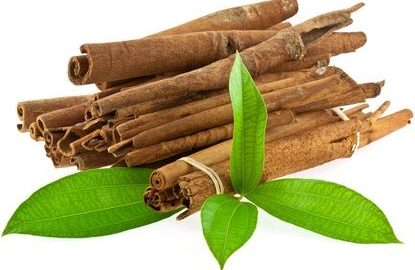
Cinnamon in Ancient Egypt
Cinnamon held a special place in ancient Egypt, highly prized for its exotic aroma and medicinal properties. Although cinnamon was not native to Egypt, it was imported from the Indian subcontinent and traded through ancient maritime routes.
In ancient Egypt, cinnamon was a luxury item reserved for the elites and the pharaohs. It was used in religious rituals and offerings to the gods, symbolizing wealth and divine favor. The spice was also utilized in the embalming process due to its pleasant fragrance, which helped mask the odor of decaying bodies.
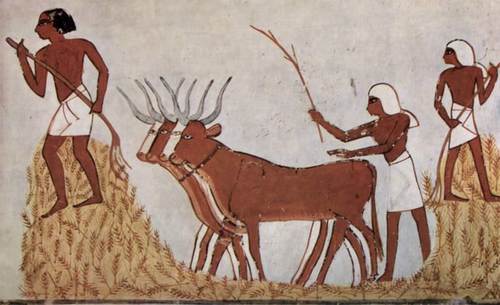
Cinnamon’s medicinal properties were highly valued in ancient Egyptian society. It was believed to have healing properties and was used to treat various ailments, including digestive issues, respiratory problems, and even as an aphrodisiac. The Egyptians also used cinnamon in their cosmetics and perfumes, recognizing its aromatic allure.
Given its high demand and limited supply, cinnamon became an essential commodity in the ancient trade networks. Its arrival in Egypt was a significant event, and its distribution was controlled by traders and merchants, making it a symbol of prestige and prosperity.
Cinnamon in Ancient Greece and Rome
Cinnamon was highly regarded as an exotic and precious spice in ancient Greece and Rome. Like in other ancient civilizations, cinnamon was not native to these regions and was imported from distant lands, primarily from India and Sri Lanka.
In both Greek and Roman cultures, cinnamon was prized for its distinct aroma and flavor, and it was used to enhance the taste of various dishes and beverages. It became a popular addition to the lavish feasts of the wealthy and elite classes, signifying luxury and sophistication. Cinnamon also found its way into producing perfumes and cosmetics, adding a delightful fragrance to these products.
Beyond its culinary and aromatic uses, cinnamon was valued for its medicinal properties in ancient Greece and Rome. It was believed to possess various healing attributes, such as aiding digestion, alleviating colds and respiratory ailments, and improving overall well-being. As such, cinnamon was employed in traditional medicine and herbal remedies.

Cinnamon also found a place in ancient mythology and literature. It was mentioned in the works of prominent scholars and poets, further adding to its allure and cultural significance. Additionally, cinnamon was considered a symbol of status and prosperity and used as precious offerings to gods and monarchs.
Cinnamon in Medieval Art and Literature
In medieval art and literature, cinnamon was regarded as a symbol of luxury and refinement. It prominently depicted sumptuous feasts, religious ceremonies, and exotic goods. Cinnamon’s association with wealth and prestige was prevalent in medieval literature, often used to describe opulent settings and desirable possessions.
Its rarity and high value made it a prized ingredient in culinary recipes and medicinal remedies. The allure of cinnamon in medieval art and literature perpetuated its reputation as an esteemed and exotic spice that captured the imagination of the era’s society.
Cinnamon’s Role in Medieval Trade
Cinnamon played a crucial role in medieval trade, serving as one of the most sought-after and valuable commodities of the time. Originating from regions like India, Sri Lanka, and Southeast Asia, cinnamon had to travel long and dangerous trade routes to reach Europe and the Mediterranean, contributing to its scarcity and high price.
The demand for cinnamon in medieval Europe was immense due to its diverse culinary, medicinal, and religious uses. It was a favored spice in preparing lavish dishes, adding flavor and aroma to the cuisine of the nobility and the wealthy. Additionally, cinnamon was believed to possess medicinal properties and a staple ingredient in various herbal remedies and potions.
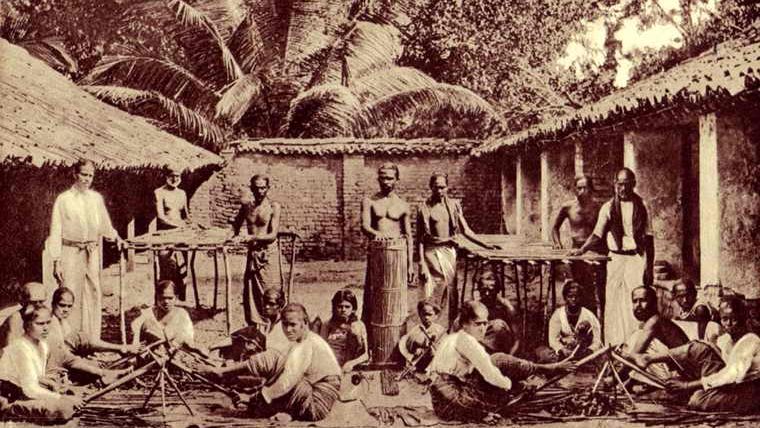
The trade of cinnamon was dominated by Arab merchants and later by the Venetians, who established lucrative spice routes and trading posts. These merchants would purchase cinnamon in the East and then transport it to significant trade centers such as Venice and Constantinople (Istanbul) before disseminating it throughout Europe.
Due to its high value and limited supply, cinnamon was often used as a form of currency or payment in medieval trade transactions. It was highly prized in royal courts and was frequently gifted between monarchs and dignitaries as a symbol of goodwill and diplomacy.
The demand for cinnamon and other spices led to the exploration and expansion of trade routes, contributing to the Age of Exploration in the late medieval and early modern periods. The spice trade significantly shaped global commerce, cultural exchange, and geopolitical dynamics during the medieval era.
Religious and Symbolic Significance
Cinnamon held religious and symbolic significance in various ancient cultures. It was used as an offering to gods and deities in religious ceremonies, symbolizing devotion and spirituality.
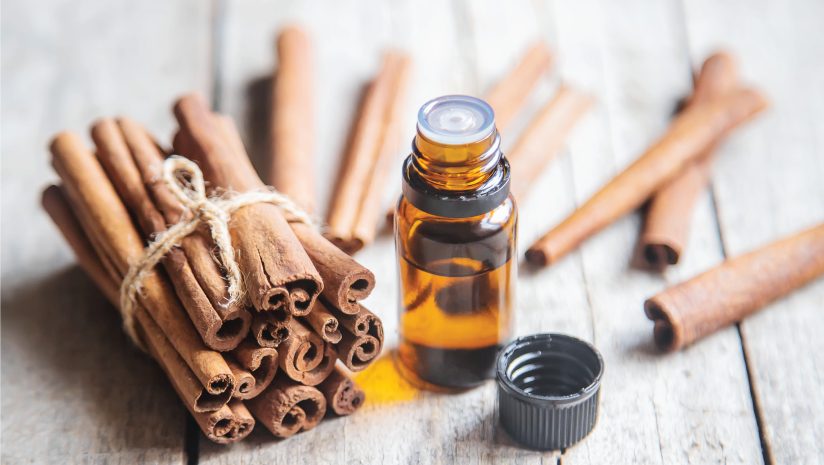
Its sweet aroma was believed to elevate prayers and create a divine ambiance. Cinnamon’s rarity and luxurious nature also symbolized prosperity and wealth, representing abundance and blessings.
In some cultures, it was associated with love, passion, and sensuality, leading to its use as an aphrodisiac. Cinnamon’s religious and symbolic significance contributed to its veneration and use in rituals, making it a cherished and revered spice in many ancient civilizations.
Cinnamon during the Renaissance
During the Renaissance, cinnamon became a prized and sought-after spice in Europe. Its exotic origins from the East and its association with luxury and refinement made it highly desirable among the nobility and wealthy merchants. Cinnamon was used to prepare elaborate dishes, enhancing the flavors of the culinary creations of the time. It also featured in producing perfumes, cosmetics, and medicinal remedies.
As trade routes expanded, cinnamon became more accessible, although it remained a symbol of luxury and sophistication. Its presence in Renaissance culture further solidified its reputation as a valuable and coveted spice.
Renaissance Still Life Paintings
Renaissance still-life paintings emerged as a distinct genre, showcasing meticulous attention to detail and a focus on capturing everyday objects and arrangements. These paintings often depicted objects such as flowers, fruits, food, glassware, and musical instruments, including exotic items like cinnamon and other spices from distant lands. The inclusion of cinnamon in these artworks symbolized wealth, trade, and exploration.
These still-life compositions were not merely visual records but carried deeper symbolic meanings, reflecting themes of mortality, material abundance, and the transience of life. Renaissance artists excelled in these works, creating timeless and evocative depictions of the material world.
Cinnamon in Asian Art and Literature
Cinnamon has held a significant place in Asian art and literature for centuries, especially in cultures where it is native or historically traded. In Asian art, cinnamon has been featured in intricate paintings, sculptures, and decorative objects. It often appears as part of lavish banquet scenes, religious offerings, and cultural rituals, symbolizing prosperity, luxury, and spiritual connections.
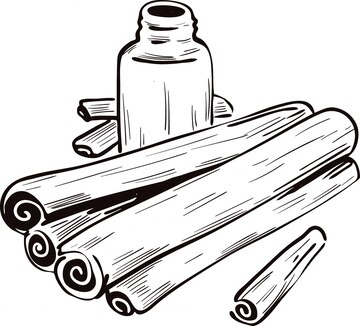
In Asian literature, cinnamon is frequently praised for its aromatic qualities and medicinal properties. Ancient Indian texts, such as Ayurvedic literature, mention cinnamon as a valuable spice used in traditional medicine for its various health benefits. Chinese and Japanese literature also extol its virtues, often associating it with longevity, vitality, and sensuality.
Cinnamon’s role in Asian art and literature is not limited to its practical uses; it is also infused with symbolic meanings. In some Asian cultures, cinnamon is associated with auspiciousness and good fortune, making it a popular ingredient in festive celebrations and rituals.
Cinnamon in Traditional Chinese Medicine
In Traditional Chinese Medicine (TCM), cinnamon, known as “Rou Gui” or “Gui Zhi,” has been used for centuries for its medicinal properties. It is considered a warming herb believed to invigorate circulation, dispel cold, and strengthen the body’s yang energy. Cinnamon treats conditions like cold hands and feet, menstrual disorders, and digestive problems.
It is also valued for promoting cardiovascular health, reducing inflammation, and supporting the immune system. Cinnamon is often included in TCM herbal formulas to balance and harmonize the body’s energies and enhance overall well-being.
Moreover, cinnamon is considered beneficial for the kidneys and heart and is often included in TCM formulas to strengthen the Yang aspect of these organs. It is believed to improve cardiovascular health, reduce inflammation, and support the immune system. Additionally, cinnamon’s sweet and spicy flavor helps to harmonize the actions of other herbs in a formula.
Cinnamon can be used in various forms, including as a dried bark or in powdered form. It is frequently incorporated into herbal teas, decoctions, or applied topically as a part of herbal remedies to address a wide range of health concerns and maintain balance and harmony in the body according to TCM principles.
Cinnamon in Modern Art and Literature
In modern art, cinnamon has been used as a unique and intriguing medium, adding texture and fragrance to various artistic creations. Some contemporary artists have incorporated cinnamon powder or cinnamon sticks into their paintings, sculptures, and mixed-media works, creating multi-sensory experiences for the viewers. The spice’s warm, earthy aroma can evoke nostalgia or feelings of comfort, enhancing the emotional impact of the artwork.
Cinnamon continues to be referenced in literature for its cultural significance and aromatic allure. It may appear in poems, novels, and essays as a symbol of exoticism, luxury, or sensuality. Writers might use cinnamon to enhance descriptions of places, characters, or culinary experiences, creating vivid imagery for readers.
Moreover, cinnamon remains a popular ingredient in modern culinary literature, celebrated in cookbooks and food writing. Chefs and food enthusiasts often explore creative ways to incorporate cinnamon into various dishes, from sweet desserts to savory spice blends, showcasing its versatility and global appeal.
Cinnamon in Symbolist Art
Cinnamon was employed as a powerful and evocative symbol in Symbolist art, representing sensuality, exoticism, and mystery. The Symbolist movement, which flourished in the late 19th and early 20th centuries, aimed to convey emotions, dreams, and the subconscious through art.
Cinnamon’s aromatic allure and distant origins made it a fitting emblem of hidden desires and spiritual realms. Symbolist artists often used cinnamon to imbue their works with a dreamlike quality, inviting viewers to explore the depths of the human psyche and the enigmatic aspects of existence. The spice’s presence in Symbolist art added a layer of enchantment and introspection to the visual narratives.
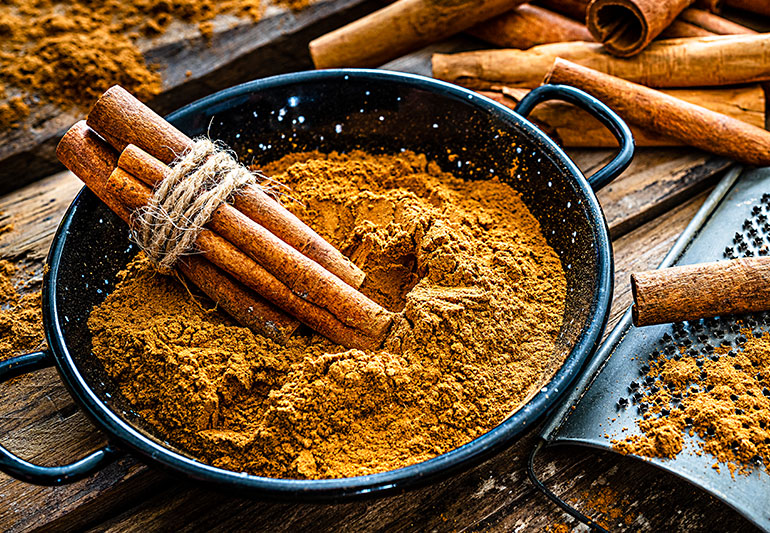
Cinnamon in Contemporary Literature
In contemporary literature, cinnamon continues to be referenced for its sensory appeal and cultural associations. Writers often use cinnamon as a symbol of warmth, comfort, and nostalgia, evoking a sense of familiarity and emotional resonance. It may appear in descriptions of cozy settings, delicious food, or cherished memories, adding depth and sensory richness to the narrative. Additionally, cinnamon’s historical significance and global presence make it a versatile and relatable element in contemporary storytelling.
Cinnamon enriches modern literature with its enduring allure and cross-cultural significance, whether as a subtle aromatic accent or a powerfully evocative symbol.
Key Takeaways
- Various ancient civilizations have revered and valued Cinnamon, symbolizing wealth, luxury, and prosperity.
- In ancient art and literature, cinnamon was depicted in lavish banquets, religious offerings, and medicinal remedies, elevating its cultural significance.
- During the Renaissance, cinnamon remained a prized spice, symbolizing refinement and the exotic allure of distant lands.
- In Traditional Chinese Medicine, cinnamon was regarded as a warming herb, used to invigorate circulation and promote well-being.
- In contemporary art and literature, cinnamon continues to be used symbolically to evoke emotions, nostalgia, and sensory experiences.
- Cinnamon’s presence in Symbolist art added an enigmatic and mystical quality, inviting viewers to explore the depths of the human psyche.
- Cinnamon’s symbolism has transcended time and cultures throughout history, making it a cherished and enduring element in art and literature.
